Ayurveda is an age-old way of living that has been continuing for many centuries. Ayurvedic medicine is based on the idea that the world is made up of five elements — Aakash (space), Jala (water), Prithvi (earth), Teja (fire), and Vayu (air). A combination of each element results in three doshas, known as Vata, Kapha, and Pitta. These doshas are believed to be responsible for a person’s physiological, mental, and spiritual well-being.
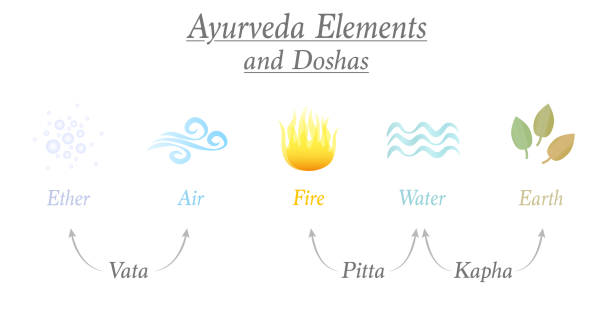
Yash Birla like many other Ayurvedic practitioners believes that every person is said to have a unique ratio of each dosha, usually with one standing out more than the others. For example, a person may be mostly pitta while another may be mostly Vata. A person’s unique ratio of Vata, Kapha, and pitta is said to define their Ayurvedic constitution. Pitta controls heat, metabolism and transformation in the mind and body.
In addition to this, it also controls how to digest foods, how to metabolize sensory perceptions and how to understand the difference between right and wrong.
Pitta controls the essential digestive
“Agni” or fire of the body. The characteristics of this dosha are that it is pungent, light, hot, sharp, acidic, intense and penetrating. A Pitta imbalance can occur in the body in many different ways. Here are some of the common disorders that typically show up from a heightened state of Pitta in your framework.
Some common characteristics that are found in the pitta dosha include fever, nausea, vertigo, inflammation, diarrhoea, shot temper, excessive hate, jealousy or criticism, workaholic syndrome, egotism, self-absorbed, heartburn/Acid indigestion, arthritis, hot flashes, infections, ulceration, skin diseases such as eczema, rash, hives, bleeding disorders, photophobia, perspiration, bloodshot eyes, migraine, sour, acidic or metallic taste in the mouth.
When once asked about how to remove Pitta Dosha, Yash Birla said that one may have it by avoiding hot and spicy food. Pitta is generally hot and sharp by nature, so the consumption of hot foods will only build up the fire all the more. The consumption of hot and spicy food will also increase inflammation, ulceration and acidity in the framework. Some hot and spicy foods avoid are peppers, tomatoes, citrus fruit (aside from lime), sour fruits, vinegar, garlic, fermented foods, pungent (hot) flavours (i.e. tabasco sauce, cayenne pepper, dark pepper), over the top salt, fried food and red meat.
It is advised that when someone has Pitta Dosha they should have increased consumption of cooling foods. When the fire is high, the consumption of cooling food foods is an incredible alternative for turning down the heat. Some extraordinary cooling foods include coconut (oil, water and meat), lime, cilantro, parsley, ghee, sweet lassi, organic whole milk, watermelon, cucumber, pomegranate juice, bitter greens, basmati rice, dates, figs, sweet mango and avocado.
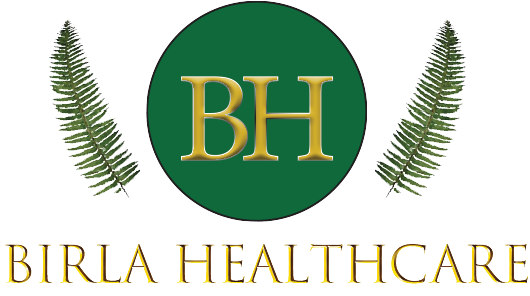
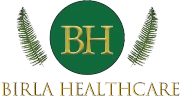
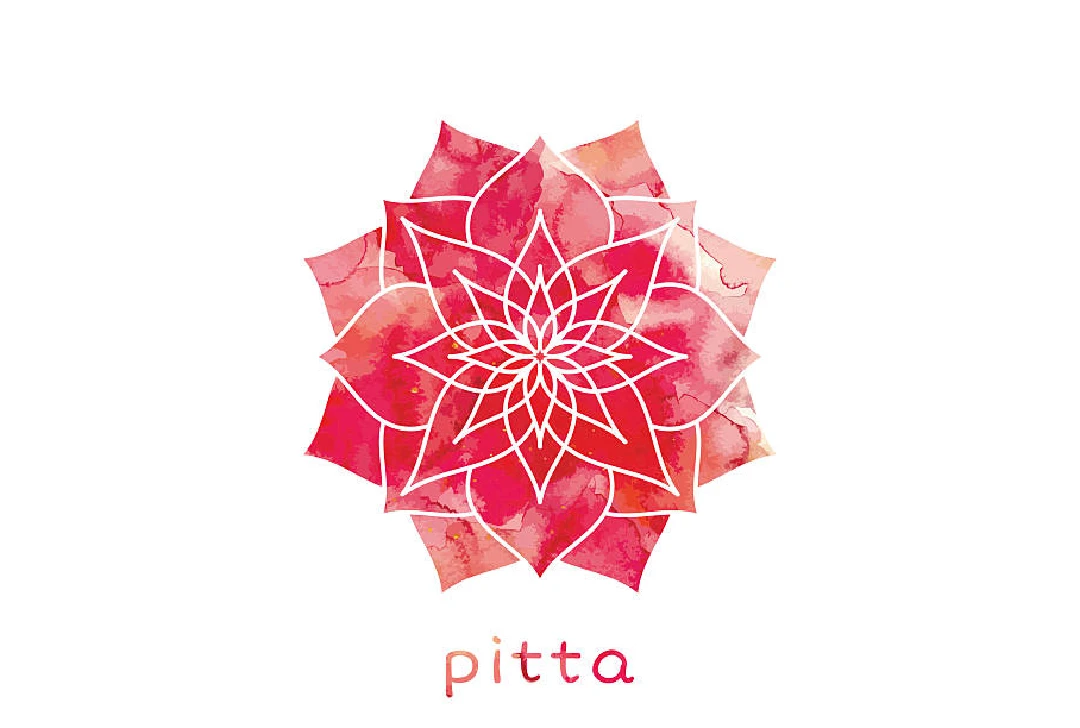
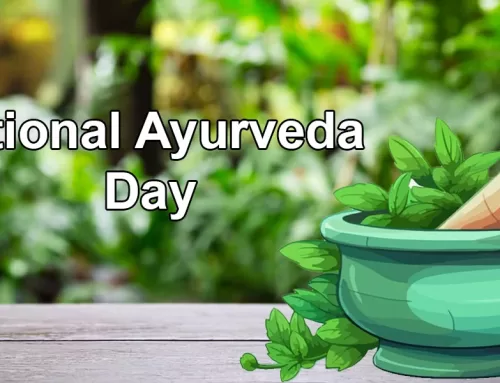




I found your site from Wikipedia and read a few of your other blog posts. They are cool. Pls, continue this great work. Later on, other fantastic American rock acts such as Lynrd Skynrd, The Eagles, America, the Allman Brothers, and the Doobie Brothers would come on the scene and shake up the world with their string of hit songs.
[…] is Pitta season when the Pitta Dosha’s fire and water elements predominate. Pitta is one of the three Ayurvedic characteristics […]
[…] a bleeding disorder. Many people are unaware of the hot potential of curd and how it may improve Pitta Dosha. Consequently, if you have significant menstrual flow or nasal bleeding, it is advised that you […]